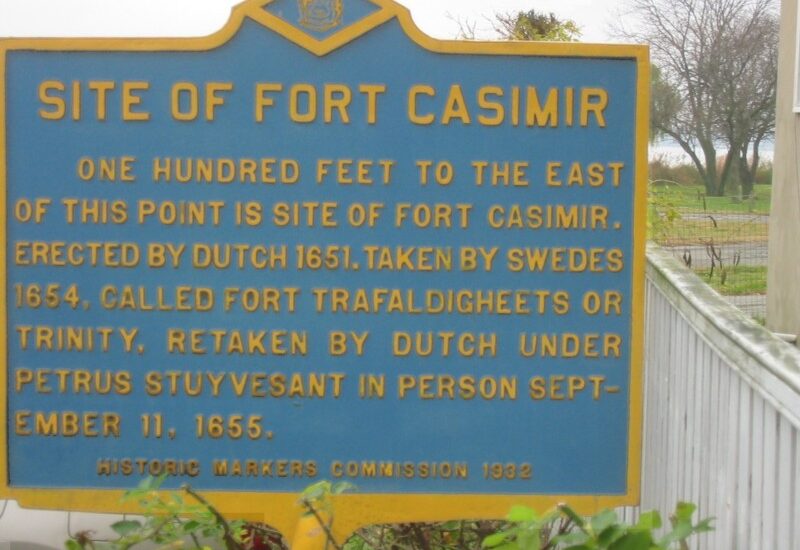Welcome to Fort Casimir, a key historical site in the rich tapestry of colonial America, located in present-day New Castle, Delaware. Established in 1651 by the Dutch under the leadership of Peter Stuyvesant, Fort Casimir was strategically constructed to control access to the Delaware River, a vital trade route at the time. The fort quickly became a focal point of European power struggles in the New World. In 1654, the Swedes captured Fort Casimir, renaming it Fort Trinity. However, this was short-lived, as the Dutch successfully reclaimed it in 1655, underlining the turbulent nature of early colonial settlements. The site continued to play a significant role in the territorial disputes between European powers vying for control over the Delaware Valley. The fort’s location was not only significant for trade but also as a military strategic point. Over the years, Fort Casimir witnessed a series of ownership changes that mirrored the shifting alliances and conflicts of colonial powers. It was eventually captured by the English in 1664, marking the decline of Dutch influence in the region. Beyond its military significance, Fort Casimir and the surrounding settlement laid the groundwork for the development of New Castle, which became a thriving community and an important colonial and later state capital. Prominent figures in American history, such as William Penn, have walked its grounds. Penn took possession of the area in 1682, integrating it into his Pennsylvania colony. Fort Casimir’s story is a testament to the dynamic and often contentious history of early America, pivotal in shaping the region’s identity and the eventual formation of the state of Delaware. As you explore the area today, consider the layers of history beneath your feet, each one contributing to the complex narrative of this fascinating region.




